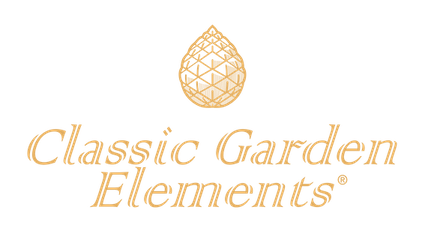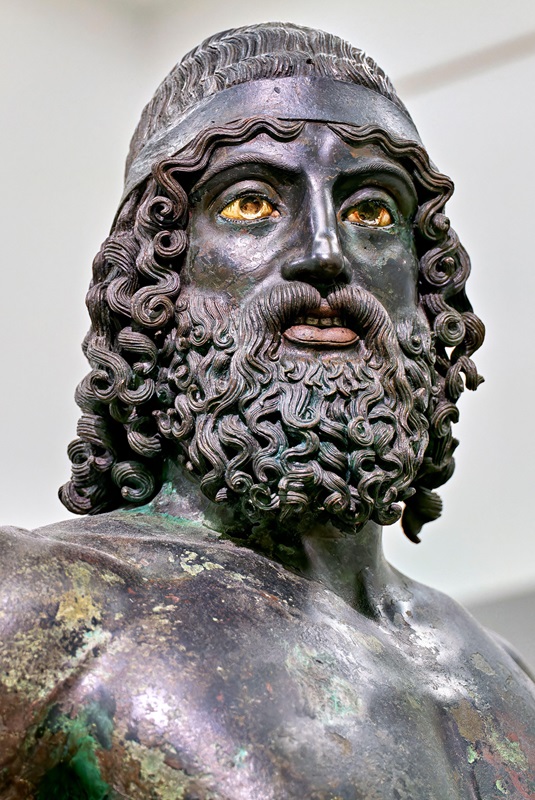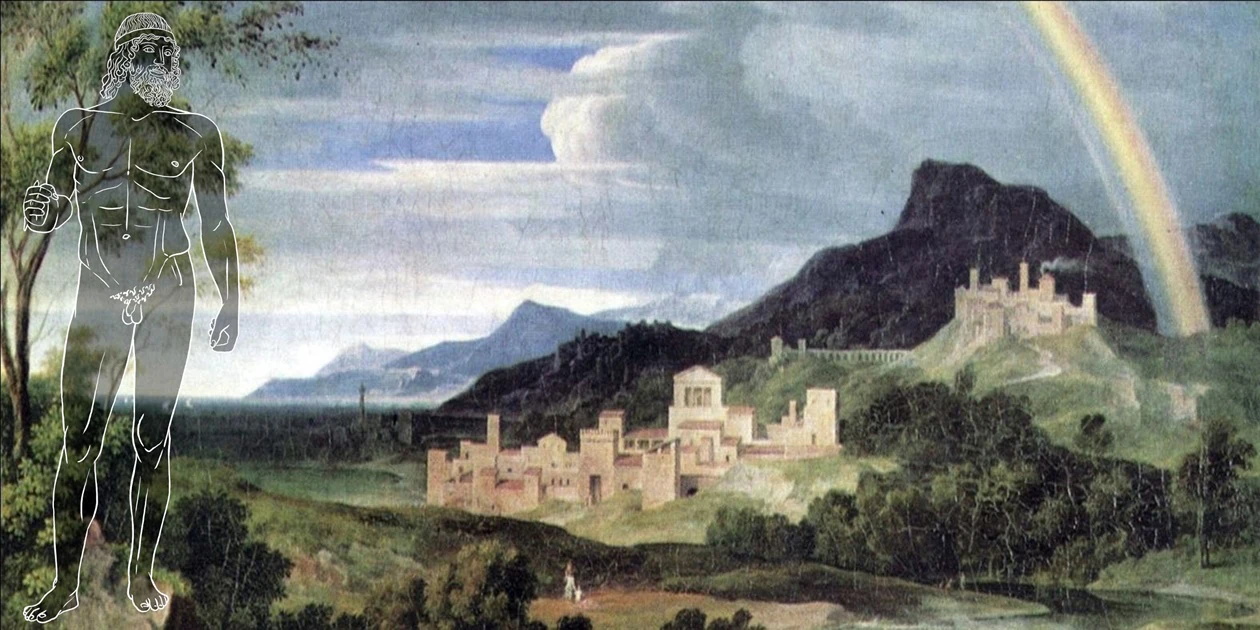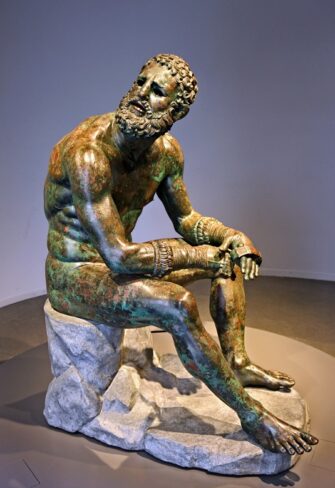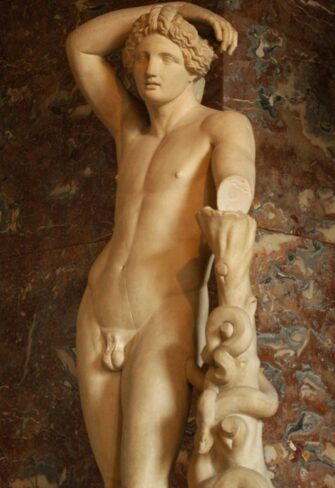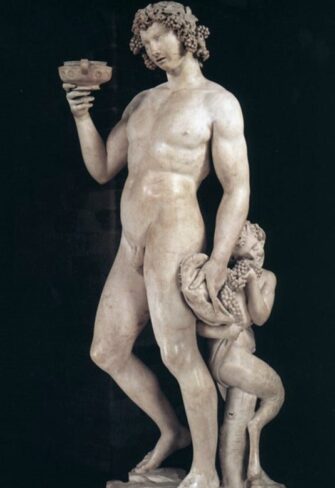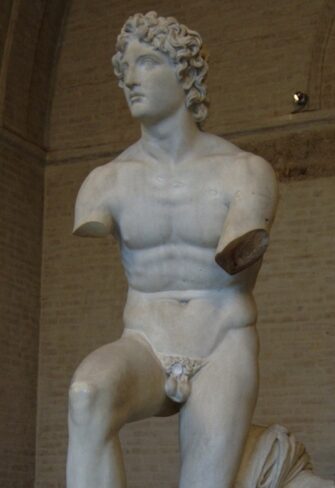All Garden Products from Classic Garden Elements
Riace A
Please contact us for a quotation
incl. VAT plus Shipping Costs
Delivery time: 2 weeks. Deliveries to Scotland: 3 weeks. Free delivery in England, Scotland & Wales (except islands)
USA delivery click here
Origin and Discovery
The two statues, named Riace Warrior A and Riace Warrior B, were discovered in 1972 off the coast of Riace, Italy, by a diver at a depth of eight metres. No other traces of an ancient ship were found near the discovery site. It is believed that the heavy bronze statues were deliberately thrown overboard due to a severe storm or a pirate attack. The exact timing of this maritime transport is unclear, with debates suggesting either the time of the Roman Republic or significantly later during the Roman Empire.
Description
Description
The two statues each weigh about 400 kilograms. Statue A stands 2.05 metres tall, while Statue B is 1.97 metres tall. Both statues were assembled using a brazing technique from several separately cast parts. The positions of their left arms indicate that they once held wooden shields. In their right hands, the statues wielded bladed weapons or slings. The statues originally had headgear, but no shields, weapons, or headgear have been found. Both statues are nude, have full beards, and stand in a relaxed contrapposto stance. The nipples and lips are slightly reddish due to copper inlays, and the teeth are coated with silver. Remnants of eyelashes are preserved on Statue A. The facial expressions of both figures are attentive, calm, and composed, with no traces of past battles like scars or similar marks. While Statue A represents a young, proud warrior or god, Statue B depicts an older, more mature war hero in a relaxed pose with a gentle, kind gaze.
The average thickness of the bronze statues is 8.5 mm for Statue A and 7.5 mm for Statue B. Their posture, material, and casting technique suggest that both statues were created around the same time. They are believed to date from between 460 and 430 BC. Potential creators include Pythagoras of Rhegion and Myron for Statue A, and Phidias’ student Alkamenes for Statue B. Both statues are part of the permanent collection of the Museo Nazionale della Magna Grecia in Reggio Calabria.
Who Do the Riace Bronzes Represent?
Pausanias mentions a bronze statuary group on the Athenian Acropolis, near the Erechtheion, depicting Eumolpos and Erechtheus just before their duel. Professor Dr. Vinzenz Brinkmann suggests that the two Riace Warriors might be the originals of this group.
Historical Significance
The Riace Bronzes are two of only nine large original Greek bronzes that have survived. This gives them a unique and essential significance. In these bronze statues, we see the radiant light of ancient Greece, directly and unaltered, with magnificent, emotional impact. The other seven original Greek bronze statues are the Hellenistic Prince, the Delphi Charioteer, the Boxer at Rest, the Artemision Bronze, the Jockey of Artemision, the Marathon Boy, and the Croatian Apoxyomenos. Other Greek masterpieces are known to us only through their Roman marble copies or have been lost entirely.
Ancient Statue: Bronze Cast in Museum Quality
The sculpture is produced as a bronze cast using the traditional lost-wax casting method. The templates for a 1:1 museum-quality replica of these statues are highly complex and require extensive preparation with specialists from various fields to create the mould. This process involves significant time and financial investment. Please contact us if you are interested. A perfect replica, even in small details, is achievable. We would be happy to discuss the specifics with you.
Locations for the installation of ancient statues & list of parks with ancient sculptures
In exceptionally designed gardens and parks, alongside high horticultural artistry and exceptionally beautiful design, the use of top-notch furnishings often shines. Whether it’s furniture or statues and sculptures. Now original antique statues are not or very rarely available for sale. Since their rediscovery in the Renaissance, costly replicas have such been made for castles, their parks, and concurrently for the mansions of the bourgeoisie who have attained great wealth. During this time, a canon for the placement and positioning of these artworks formed and developed into modern times. In our online shop, you’ll find an overview of particularly beautiful locations for ancient statues. Additionally, we provide you with an overview of some publicly accessible gardens and parks, each boasting an impressive collection of ancient sculptures, along with specific details on where each statue can be seen.
